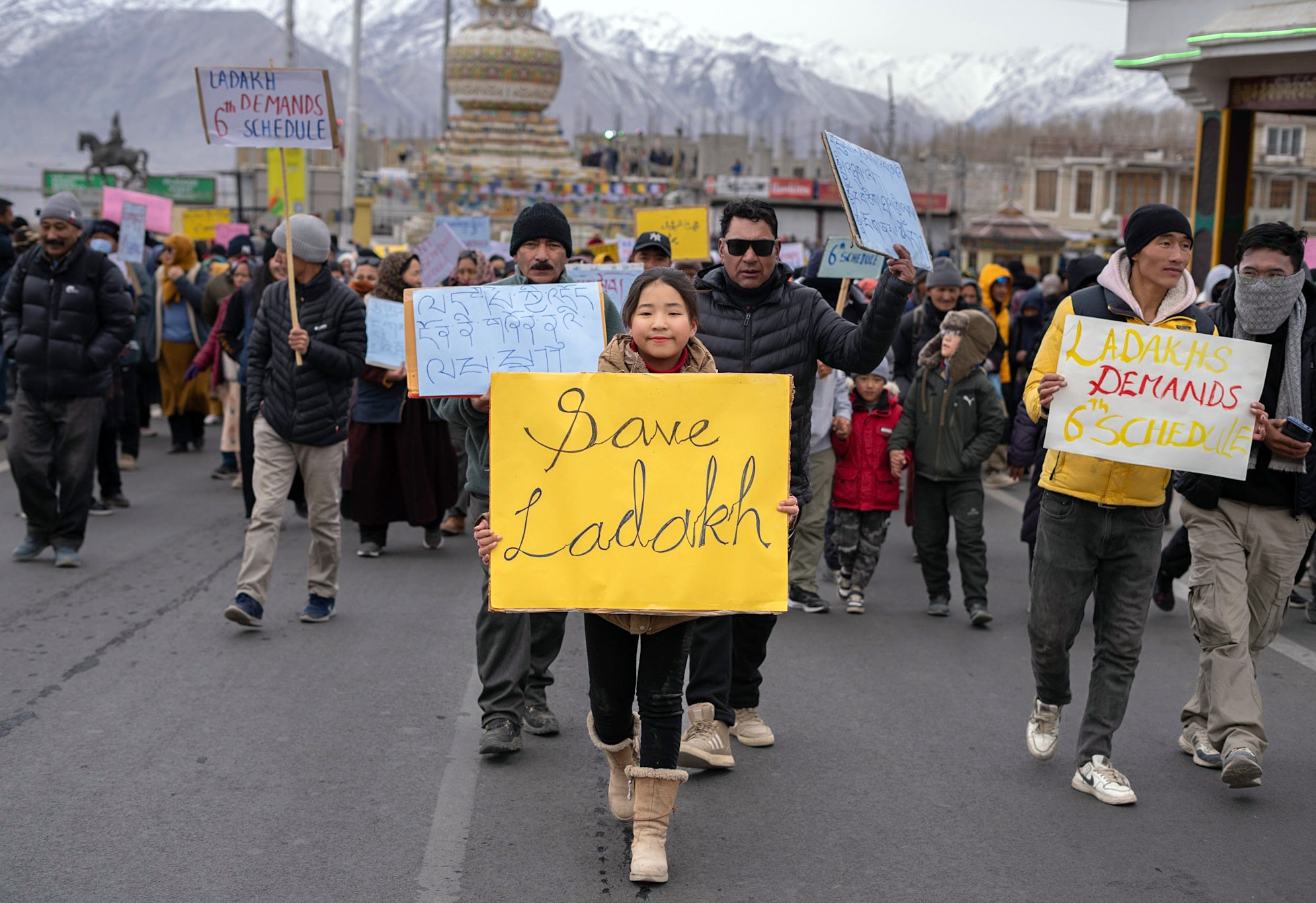PTI, New Delhi, May 9: India on Saturday confirmed that it had carried out precision strikes on eight military installations in Pakistan in response to the neighbouring country’s “provocative” actions, which included targeting Indian defence infrastructure and civilian areas using drones, long-range weapons, and fighter jets.
According to the Indian military, the Pakistani installations targeted included a weapons depot and multiple command and control centres. The situation has brought both nations dangerously close to a full-scale conflict. Officials added that Pakistan is moving its troops into forward positions, indicating “offensive intent” and a willingness to escalate further.
Colonel Sofiya Qureshi, speaking at a special press briefing alongside Wing Commander Vyomika Singh and Foreign Secretary Vikram Misri, said India remains in a high state of operational readiness. Qureshi reiterated that India is committed to non-escalation, provided the Pakistani military reciprocates.
Foreign Secretary Misri emphasized that India has responded in a measured and restrained manner to what he described as Pakistan’s “provocative” and “escalatory” military actions. He accused Islamabad of launching a deliberate campaign targeting innocent civilians and critical infrastructure in Jammu and Kashmir and Punjab.
Briefing reporters on events since Thursday night, Colonel Qureshi described Pakistan’s actions as “cowardly,” noting that Pakistani forces attacked a medicare centre and school premises at Indian air bases in Srinagar, Awantipora, and Udhampur. High-speed missile attacks were observed from around 1:40 a.m. across multiple air bases in Punjab, causing some damage.
She said Pakistan used drones, loitering munitions, jets, and long-range artillery to target India’s military sites along the western front. All hostile actions were effectively countered and responded to in a “swift and calibrated” manner. Indian armed forces launched precision strikes only on verified military targets.
Targets in Pakistan included military facilities at Rafiqui, Murid, Chaklala, Rahim Yar Khan, Sukkur, and Chunian. Air-launched precision weapons were used to engage command and control centres, radar installations, and weapons storage areas. Additionally, radar sites at Pasrur and the Sialkot aviation base were hit with precision-guided munitions. Colonel Qureshi emphasized that India ensured minimal collateral damage in these retaliatory strikes.
Wing Commander Vyomika Singh confirmed that Pakistan continued its provocations by carrying out “aggressive actions” using multiple threat vectors along the western border. These included air intrusions using drones and shelling with heavy-calibre weapons along the Line of Control (LoC).
According to Singh, more than 26 locations were targeted between Srinagar and Naliya, including attempts at air intrusions and “harassment attacks.” Indian armed forces successfully neutralised most of these threats, although some damage to equipment and personnel was reported at Indian Air Force stations in Udhampur, Pathankot, Adampur, and Bhuj.
She also addressed Pakistan’s ongoing misinformation campaign, which falsely claimed the destruction of India’s S-400 system at Adampur, damage to airfields at Suratgarh and Sirsa, a BrahMos base at Nagrota, artillery positions at Dehrangyari, and the Forward Ammunition Depot in Chandigarh. These claims were firmly rejected.
To counter these false narratives, Indian authorities presented photographic evidence showing normal operations and undamaged runways at the alleged target sites, including the Sirsa and Suratgarh air force bases.
Colonel Qureshi concluded by stating that Pakistan had attempted several air intrusions using drones and had shelled civilian infrastructure with heavy artillery along the LoC, tragically resulting in the deaths of several civilians. India continues to remain vigilant while maintaining its defensive posture and diplomatic stance for de-escalation.









